Introduction
Since humans first discovered how to start a fire, they have been looking for better ways to put them out. To that end, a lot of research has been carried out on multiple fronts to understand the nature of fire and how we can use that to gain mastery over it.
Today, we look at two such concepts: the fire triangle and the fire tetrahedron. By the end of this article, you will not only understand what each of these means but also how to use them to fight fires quickly and effectively. So read on till the end and let us know what you think.
What is the Fire Triangle?
The fire triangle is a simple diagram to visualize the components that start and support a fire. It is also known as the combustion triangle.
The fire triangle is taught in schools and firefighting courses to increase awareness of the components responsible for a fire and how we can extinguish it by attacking one or more of these components.
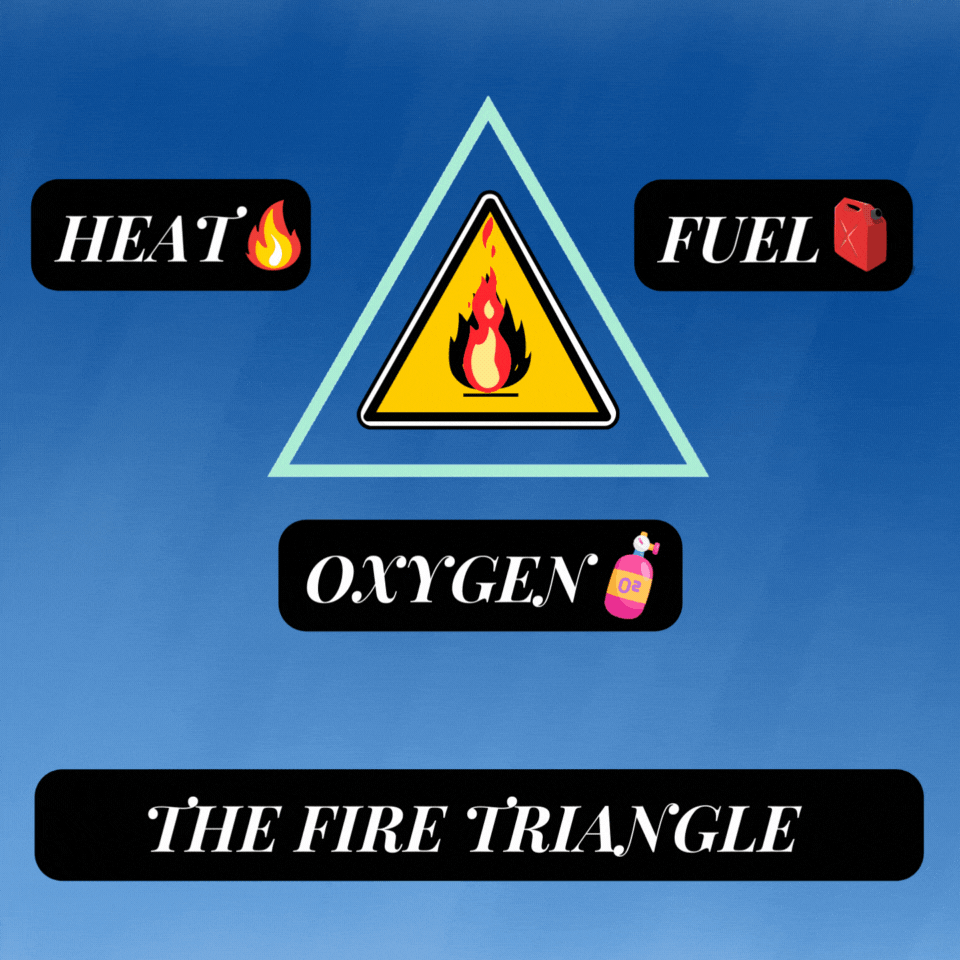
Three components of the fire triangle
Elements or components of the fire triangle
The fire triangle consists of the following elements: Fuel, Oxygen, and Heat.
These elements form the sides of the fire triangle and when they come together, they can start a fire that will not extinguish until it runs out of one of these.
Let us look at the components in detail:
Fuel
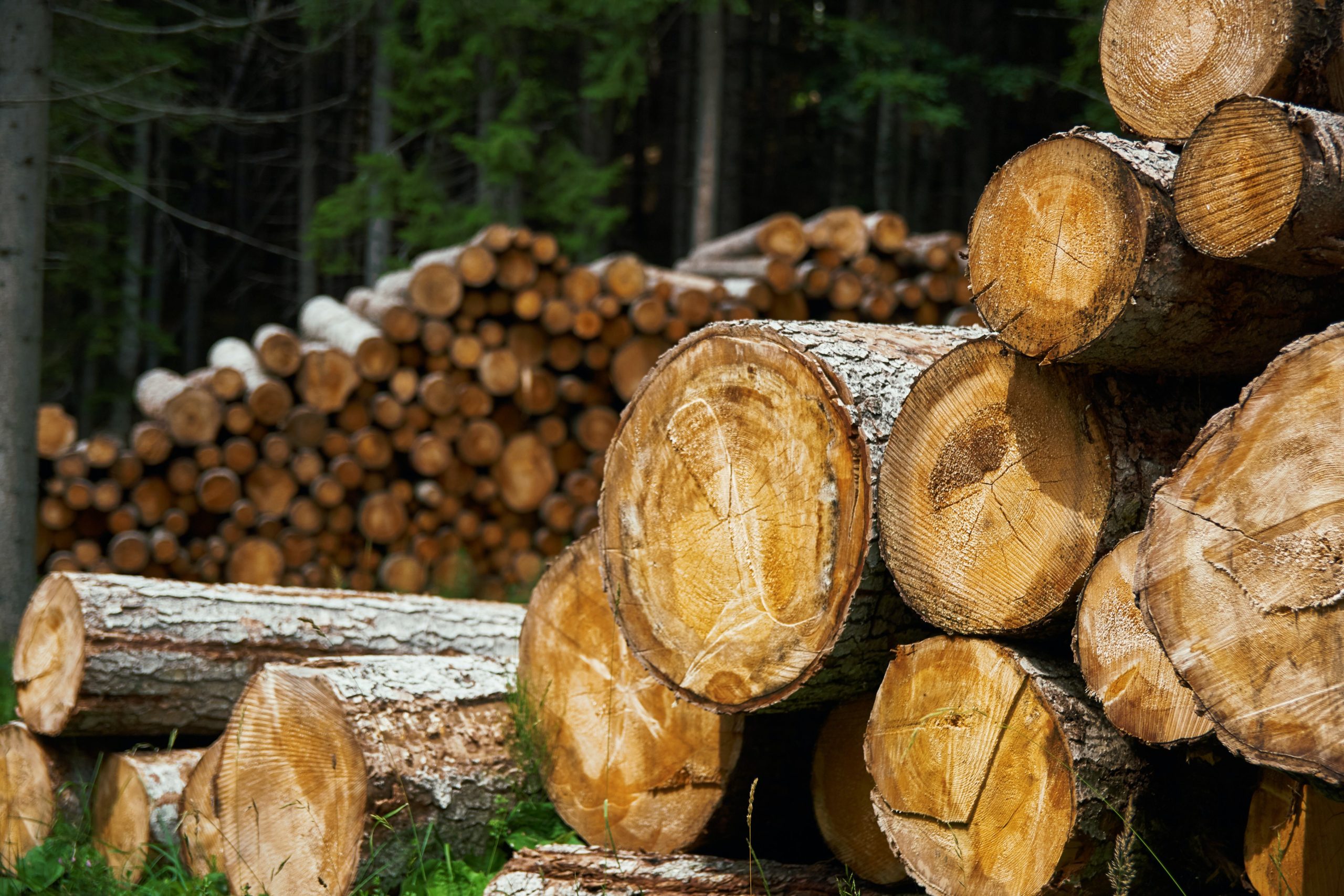
The fuel in any fire is the material that burns and gives out heat. It can be in the form of solid, liquid or gas. Examples of fuel are paper, fabric, wood, petrol, diesel, cooking gas, etc.
Oxygen
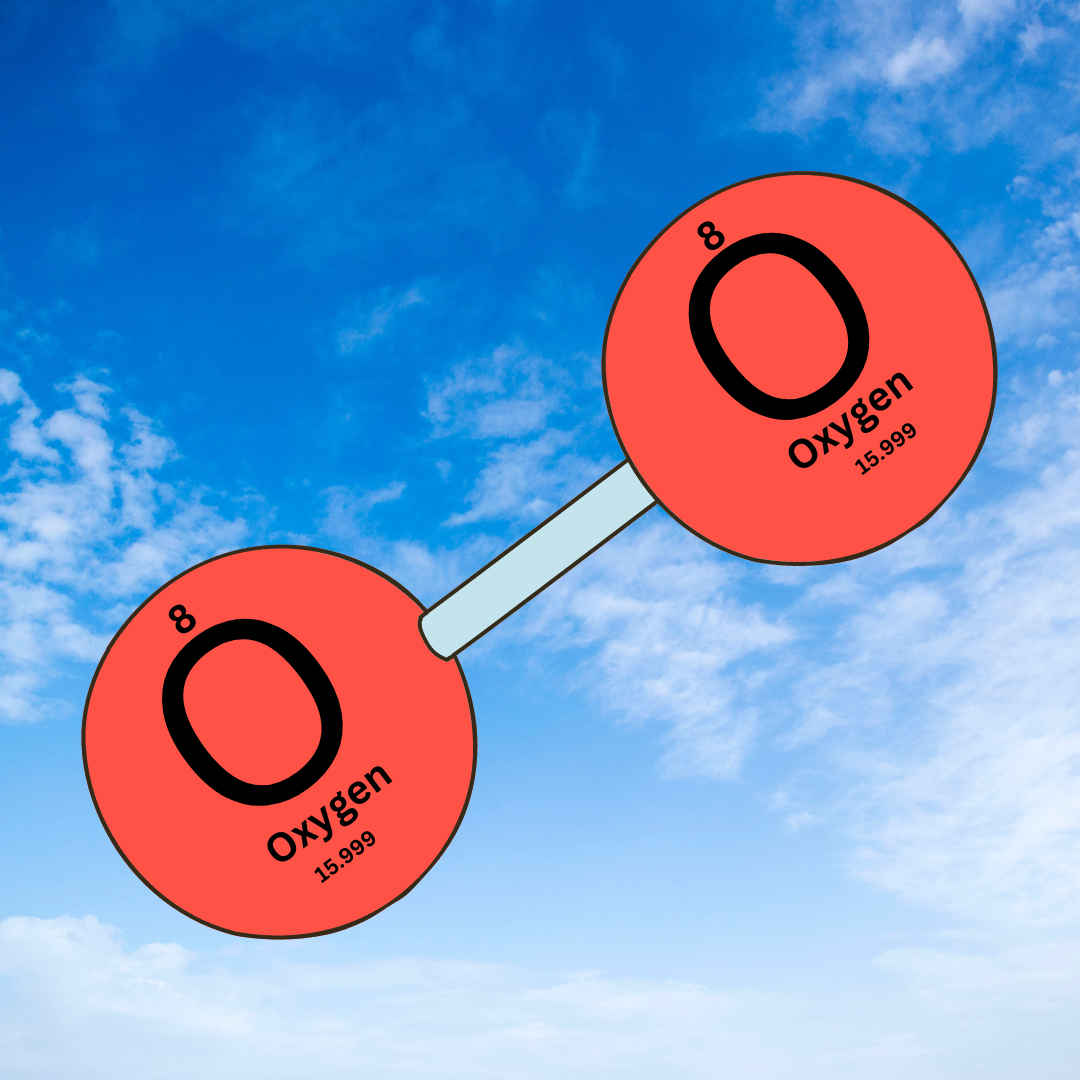
For a fire to start and continue, oxygen must combine with the fuel to form carbon dioxide and water. This is the basic equation of any fire. As a result, oxygen is a necessary component of any fire.
Fuel + Oxygen —-> Carbon dioxide + Water
The oxygen molecule has relatively weaker bonds. It breaks down in the presence of fuel and heat to form carbon dioxide and water, both of which have stronger bonds compared to the oxygen molecule.
Since the bonds that form are stronger than before, the chemical reaction is an exothermic reaction. In other words, the reaction gives out heat.
Heat
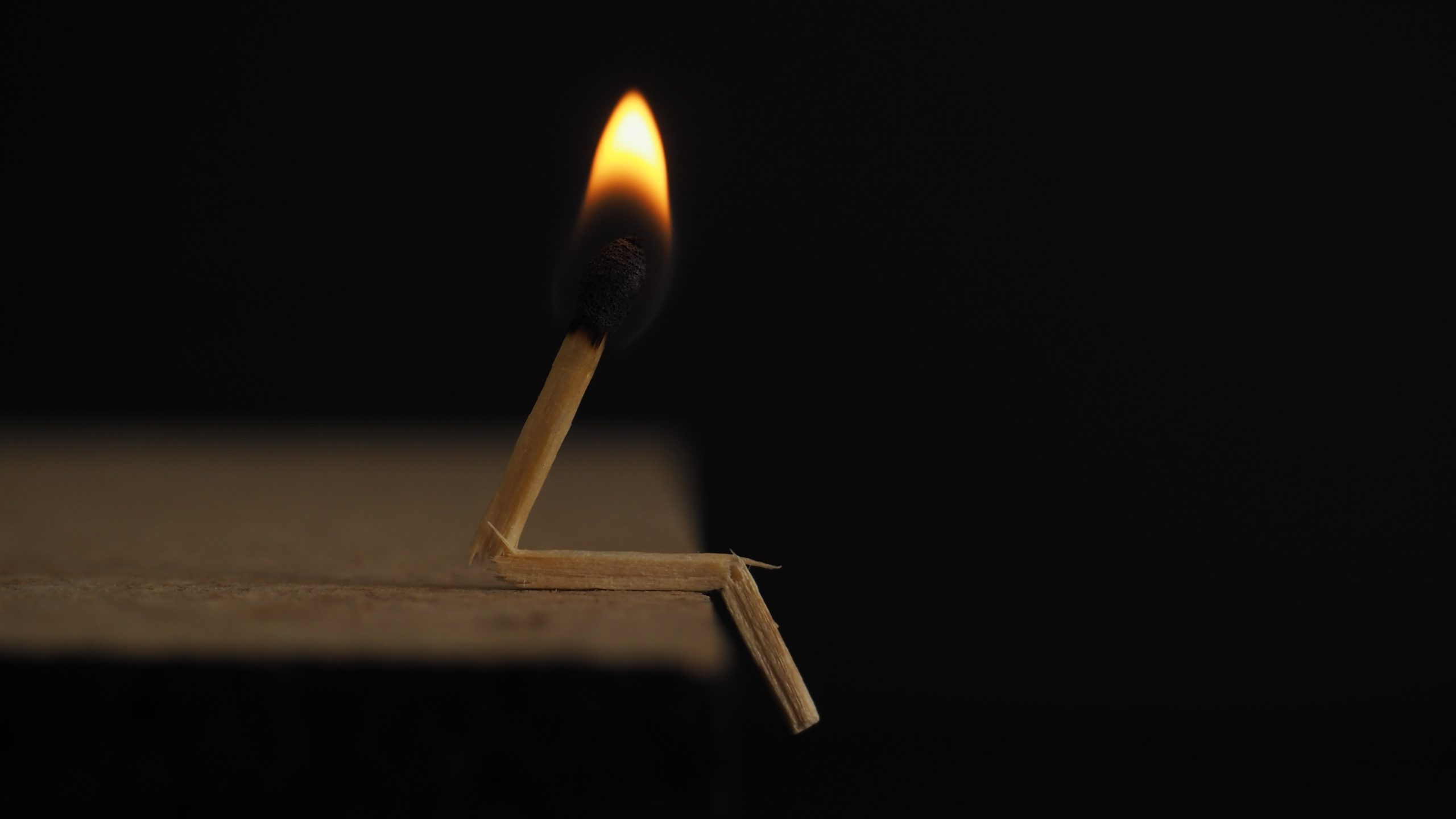
The temperature of a fuel has to be raised to a certain temperature for ignition to occur either spontaneously or deliberately. This is done by adding heat where a mixture of fuel and oxygen is present.
The heat may either be in the form of a spark or of a more constant nature such as a matchstick. Once the fuel ignites, the oxygen in the fire reacts with it and generates heat.
The research into the fire triangle led to the popular saying, “Remove the fuel, reduce the heat and eliminate the oxygen.”
Related read: Classes of Fire as per ISO/NFPA and how to extinguish each
What is the Fire Tetrahedron?
The Fire tetrahedron lists four components for a fire to start and sustain itself. In addition to fuel, oxygen and heat that form the fire triangle, the fire tetrahedron includes a fourth element, the chemical chain reaction.
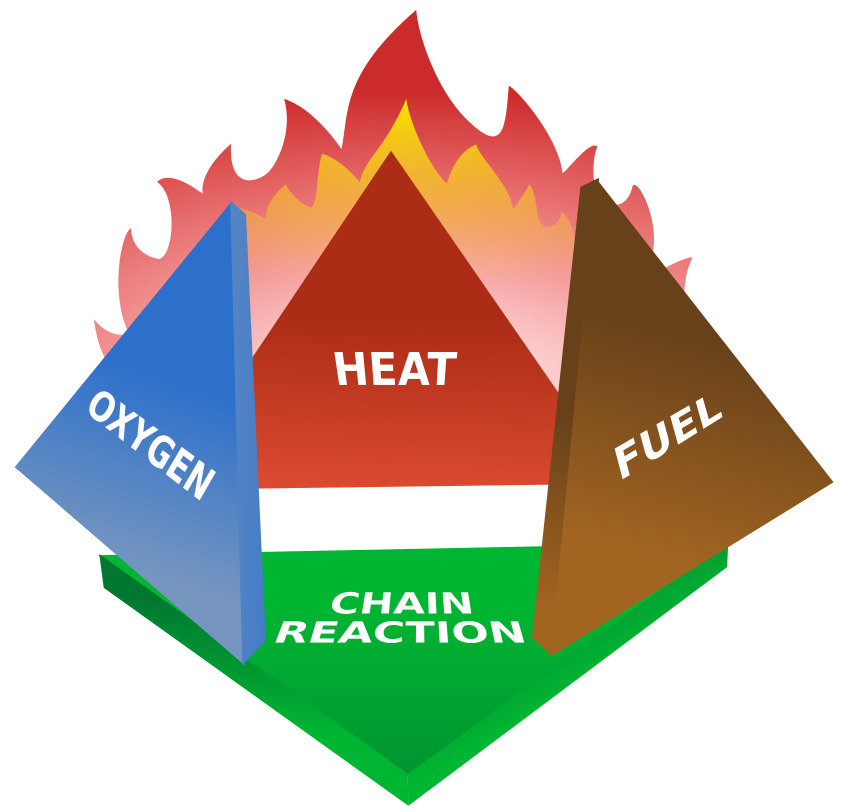
For years, it was believed that there were only three elements needed for a fire to occur. But recent research has outdated this concept. It showed that there was a fourth component, which was as necessary as the first three. This component was the chemical chain reaction.
Soon after, the fire triangle was modified to accommodate the fourth component. This is how the fire tetrahedron came into existence.
What is the chemical chain reaction in the fire tetrahedron?
It all starts with free radicals. When a material’s temperature rises, its molecules start vibrating from side to side. Some of these molecules break free from the material body due to the vibration.
These particles are known as free radicals. Now, with the increased surface area, the surrounding heat, and the oxygen, they are much more susceptible to combustion.
On combustion, they give out heat which further increases the temperature of the material leading to the discharge of more free radicals. Thus, a chain reaction is initiated that continues unless interrupted by external means.

The chemical chain reaction component is necessary for a fire to continue. When the chain reaction stops, the fire comes to an end. As long as the fuel and oxygen are available in sufficient quantities, the fire will generate its own heat and sustain itself.
By breaking the chain reaction, we can stop the fire. Many chemicals are capable of this. The ABC fire extinguisher is a fine example of a fire extinguisher that works on the principle of interrupting the chain reaction.
How to remove components of the fire tetrahedron to extinguish a fire?
Having knowledge about the fire tetrahedron allows us to fight any fire more effectively. We work on eliminating one or more of the four elements of the fire tetrahedron to extinguish a fire. Let us see how we can do that.
-
How to remove fuel from a fire?
-
How to remove oxygen from a fire?
-
How to remove heat from a fire?
-
How to interrupt the chemical chain reaction of fire?
How to remove fuel from a fire?
Fuel is usually the hardest component to isolate when a fire occurs. Isolating fuel from a fire is known as starving the fire.
In the case of solid fuels, we can move unburnt fuel away from the site of the fire. This will cause the fire to slow down and eventually come to an end.
Firefighters carrying out controlled burns during wildfires is an example of cutting off solid fuel from a fire. Controlled burns can not only prevent the spread of fire but also help change its path away from residential areas or areas that are highly vulnerable to fire.
In the case of flammable liquid fires, we can stop the supply of fuel to the machinery where the fire has occurred. For example, if the diesel generator catches fire, we can stop the supply of fuel oil by activating the quick closing valve remotely or manually. The same goes for flammable gas fires.
But when a fire occurs, it may not be possible to separate fuel from the fire. Hence, it is always advised to keep combustible materials as far away from ignition sources as practicable.
How to remove oxygen from a fire?
When a fire occurs, even in enclosed spaces, oxygen is usually present.
But fire needs a continuous supply of oxygen in order to keep burning. When access to fresh air and thus, to oxygen, is removed, the fire extinguishes by itself. This is known as suffocating or smothering a fire.
A very common example is placing an inverted glass on a candle. The candle burns for a few seconds with the help of the oxygen in the glass but since the supply of fresh oxygen is restricted, the fire goes out after some time.
Some ways to smother a fire are:
-
Closing ventilation flaps and windows of enclosed spaces that are on fire
-
Using sand, dry earth, damp blanket, sack to smother small fires
-
Fire blankets work best to smother a kitchen fire
-
Using a carbon dioxide fire extinguisher can replace oxygen with carbon dioxide and kill a fire
-
A dry powder fire extinguisher forms a barrier of non-flammable dust between the fuel and oxygen to extinguish a fire
How to remove heat from a fire?
Removing heat refers to cooling the fuel below the ignition temperature to extinguish the fire. Any cooling agent that can absorb the heat and break the fire tetrahedron can help us extinguish the fire.
The water fire extinguisher works on this principle. It absorbs the heat from burning fuel and cools it well below its ignition temperature. This extinguishes the fire and prevents rekindling.
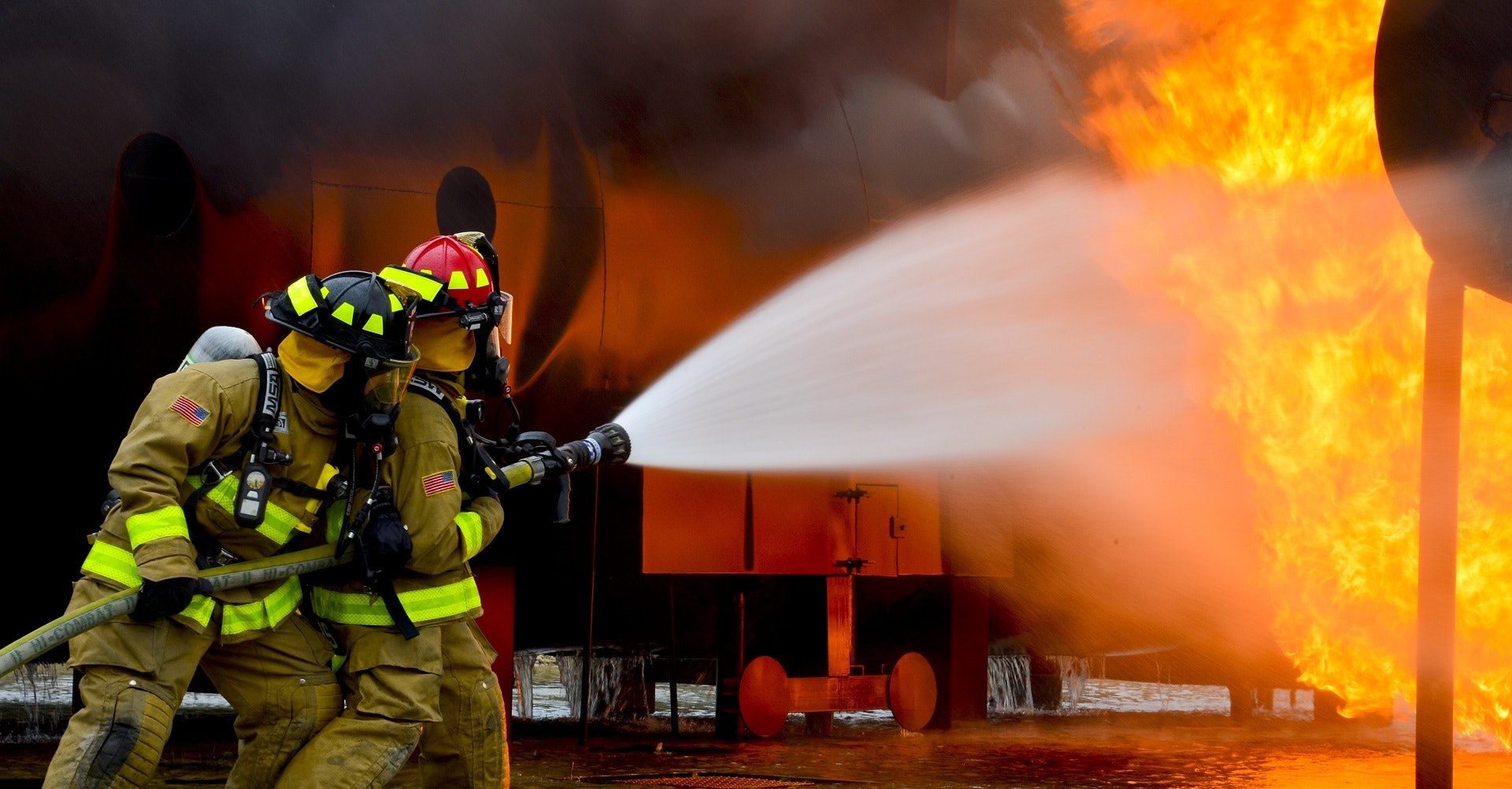
Removal of heat may also occur in the form of boundary cooling. In boundary cooling, we bring down the temperature of enclosed spaces by spraying water from the outside.
This ensures that the temperature inside the enclosed space is reduced to acceptable levels before reintroducing fresh air into it. The fire could relight if fresh air enters while the chamber temperature remains above the fuel’s ignition point.
How to interrupt the chemical chain reaction of fire?

The chemical reaction can be interrupted by combating and modifying the chemical composition of the free radicals besides reducing their emission. We can do it in the following ways:
-
Cooling the material reduces the number of free radicals being emitted and slows down the chemical reaction
-
BCF and other halon extinguishers can interrupt the chain reaction by eliminating free radicals. They form an inert gas barrier that prevents further combustion
Conclusion
A moment of thought before attacking a fire can be the difference between effective and ineffective firefighting. We hope that we were able to clear some of the confusion surrounding the fire triangle and the fire tetrahedron with this article.

Leave a Reply